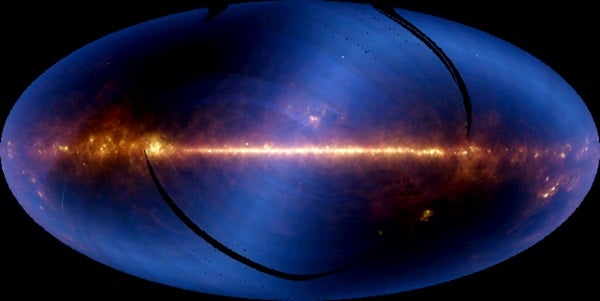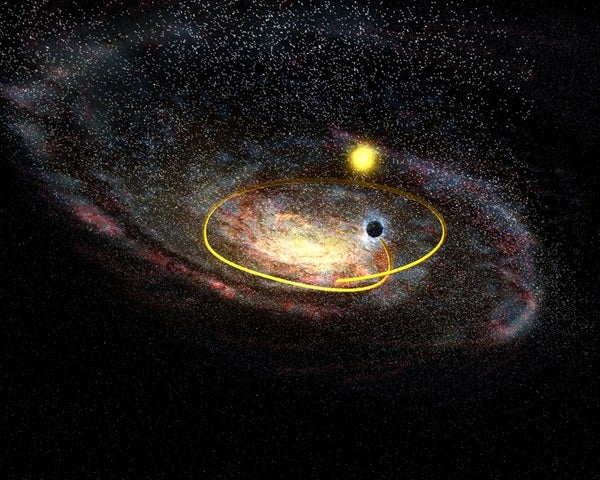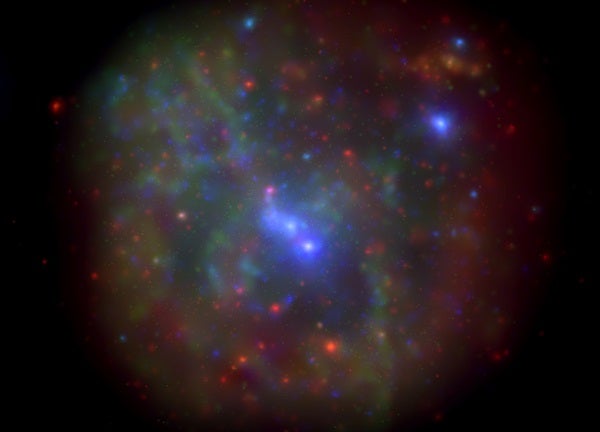Taking a telescope out on a clear springtime night and scanning the area of the constellation Virgo reveals an amazing sight: Large areas of the constellation are peppered with faint smudges, the light from distant galaxies bound up in a huge swarm, the Virgo cluster. This area of sky gives us our best look at the closest large concentration of galaxies in the universe.
Astronomers have understood the basic properties of galaxies, at least that they’re large congregations of stars, gas, and dust far beyond the Milky Way, since the 1920s. But really understanding galaxies, the story of their formation in the early universe and how they have evolved over the past 13 billion years, is a tricky struggle that challenges the best researchers.

Bringing the universe to your door. We’re excited to announce Astronomy magazine’s new Space and Beyond subscription box – a quarterly adventure, curated with an astronomy-themed collection in every box. Learn More >>.
We know our own galaxy, the Milky Way, best. Astronomers have had more than a century to conduct astrophysical research on tens of thousands of objects within the galaxy. Cosmologists have made great strides over the past few decades in understanding how the universe came to be. Yet how galaxies, including our Milky Way, were born out of the early cosmos is just beginning to come into focus.
Larger and larger telescopes being used over the past few years have helped astronomers solve some questions and raise others. With the Hubble Space Telescope, for example, in its Ultra Deep Field, astronomers can see nearly back to the universe’s infancy. Yet no one has seen the so-called cosmic Dark Ages, the period before stars and galaxies existed. When they do, we may see the formation of the first stars and the first galaxies.
For now, astronomers have to study the numerous strange galaxies they see in exposures like the Ultra Deep Field for clues about how matter clumped in the cosmos’ early days. After the Big Bang, immense heat followed, so much that matter could not form. Only a soup of subatomic particles and radiation existed.
When the universe cooled sufficiently, it became transparent to the radiation, and hydrogen atoms began to form. Ripples in the cosmic microwave background radiation — imaged by the Planck, WMAP, and COBE satellites — indicate the first seeds that may have grown into black holes or galaxies. But exactly how this happened is unknown.
Many astronomers believe structures in the universe grew from many tiny pieces, the so-called bottom-up scenario. In this view, small gas clouds, star clusters, and protogalaxies merged time and time again to form ever-larger structures. Other researchers believe in the top-down model, in which huge clouds of material formed giant, sheet-like structures, such as superclusters of galaxies, that broke apart into smaller components.
For the time being, the momentum appears to be with the first scenario because, in images of the early universe, astronomers see vast numbers of protogalaxies thought to have combined over time into normal galaxies. If this is correct, the Milky Way probably formed when star clusters came together to form the galaxy’s core. As the gas clouds rotated faster, the galaxy flattened out into a disk.












